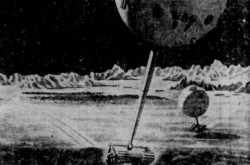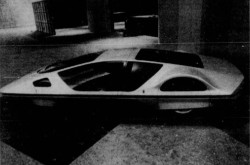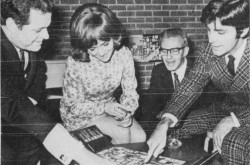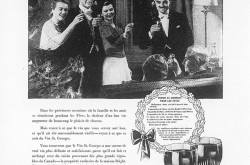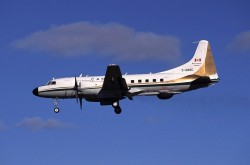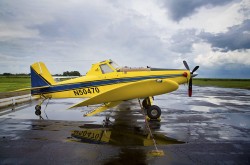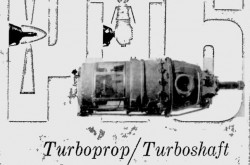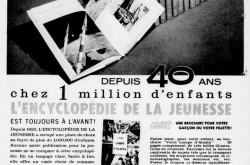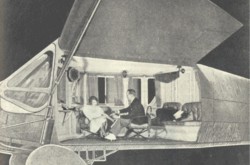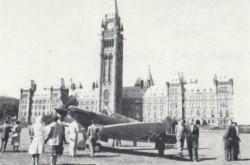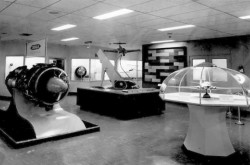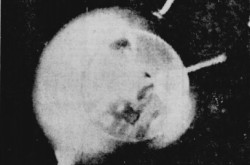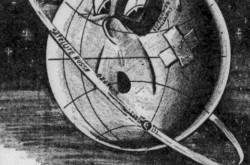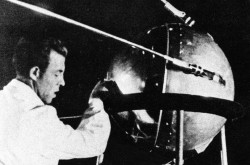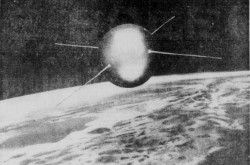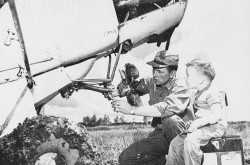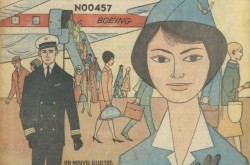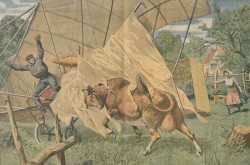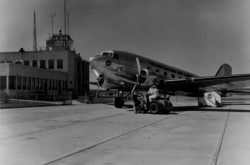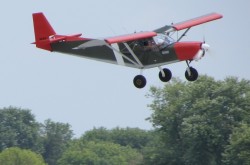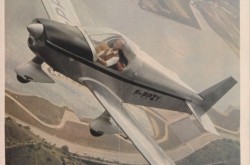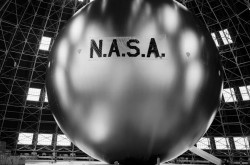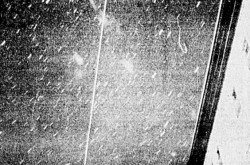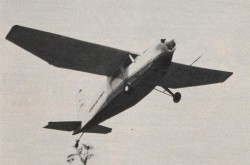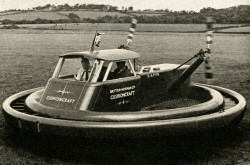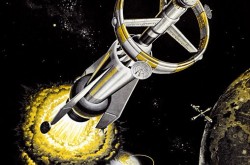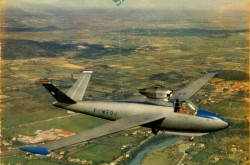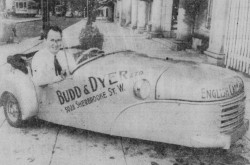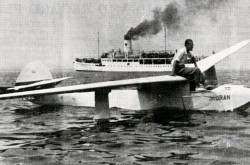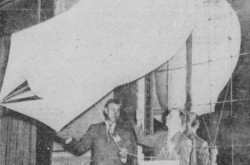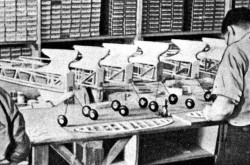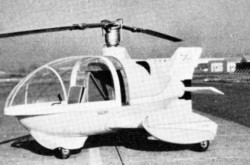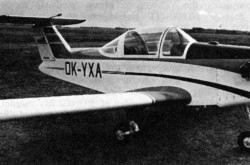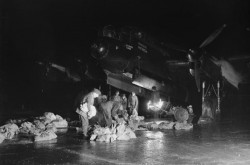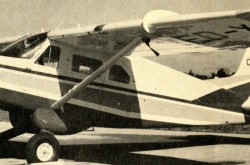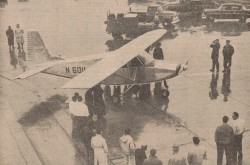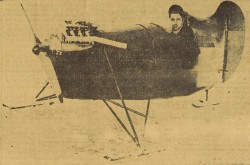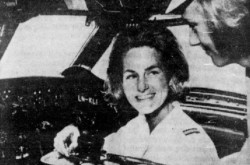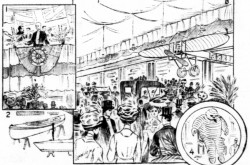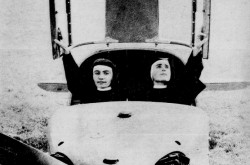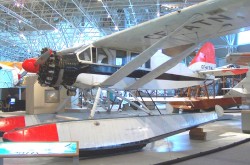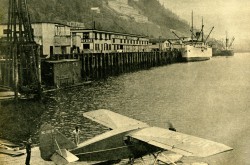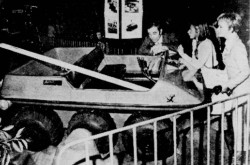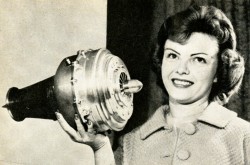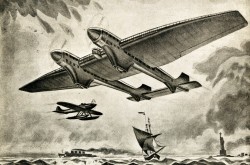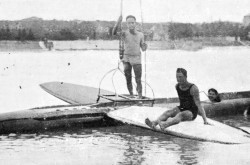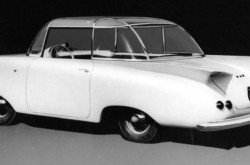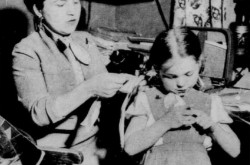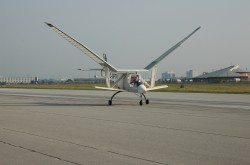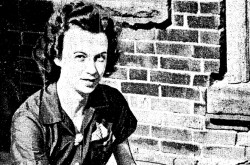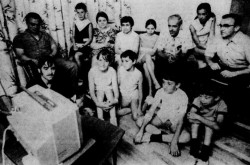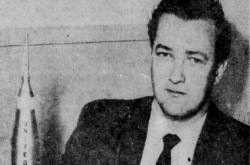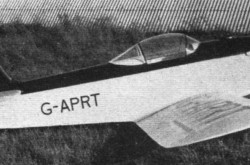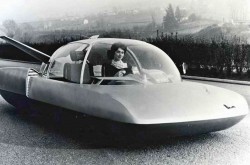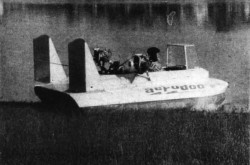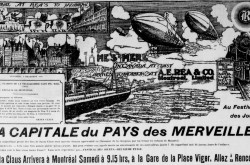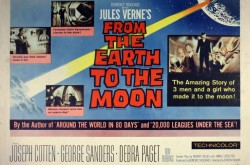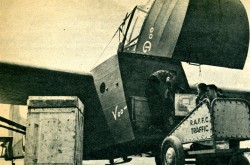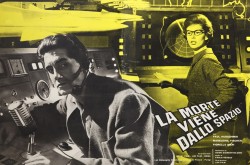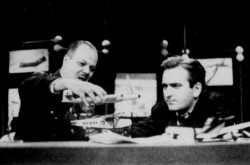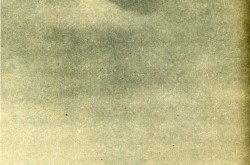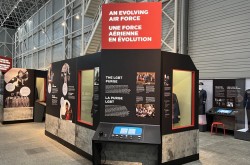“Flying through an eclipse, from a flying point of view, is just an ordinary job of work;” Or, How the Royal Canadian Air Force captured the total eclipse of the Sun of 24 January 1925 – and some extra stuff about that event, part 1

Greetings, my reading friend, and welcome to another issue of our uneclipsable blog / bulletin / thingee. Today’s tasty viands are both astronomical and aeronautical in nature. Yes, yes, they are.
Did you know that, 100 years ago this very month, a total eclipse of the Sun plunged a narrow, 160 or so kilometre (100 or so miles) wide, I think, band of southern Ontario into more or less total darkness for a period of no more than 2 or so minutes, if that, and this around 9 AM?
You had never heard of that total eclipse of the Sun?! Seriously? I am shocked and appalled! What have children been learning in school for decades? Scientific and technological knowledge, accompanied by some sort of historical context of course, should be present every day of every week, but I digress. I had never heard of that eclipse either, by the way, which further proves my point.
Dare yours truly suggest that a tiny minority of powerful people do not mind that the great majority of people remain unfamiliar with scientific and technological knowledge because said unfamiliarity allows them to spread lies and disinformation? Too controversial, you say (type?), my cautious reading friend? You are probably right. I shall not dare. Still, you are no fun, you know.
While it is true that the total eclipse of the Sun of 24 January 1925 was briefly mentioned in Canadian newspapers no later than January 2924, err, 1924, sorry, the first articles whose titles actually included the word eclipse appeared only in August. Their source being American, no mention was made of where one might have gone to see it on Canadian soil.
The first articles which mentioned good Canadian locations like Toronto, Ontario, Kingston, Ontario, and Hamilton, Ontario, came out a few days after the middle of September. One of the journalists pointed out that, coming as it would shortly after sunrise, the eclipse would not be too much of an inconvenience to the residents of those cities.
An inconvenience, a glorious event like a total eclipse of the Sun?! What a lunkhead, what an ignoramus! Sorry, sorry.
Slightly more detailed articles began to appear during the second half of November 1924. Their authors pointed out that the line of totality would tear across the heavens in the vicinity of Hamilton. Cities like Ottawa, Ontario, and Montréal, Québec, would be slightly outside that zone. In those cities, the Moon would block about 95% of the Sun’s light rather than 100%.
Incidentally, the light of the Sun would be slightly dimmed as far South as northern Brazil and as far North as southern Greenland, a ginormous island which belonged to Denmark, yes, yes, Denmark.

The huge area in which the total eclipse of the Sun of 24 January 1925 was at least partly visible. Anon., “Where The Eclipse Will Be Seen this Morning.” The Charlotte Observer, 24 January 1925, 1.

A renowned Canadian astronomer and director the Dominion Observatory, Robert Meldrum Stewart, Long’s Corners, Ontarioi, January 1925. City of Toronto Archives, 4469.
A renowned Canadian astronomer and director the Dominion Observatory, in Ottawa, Robert Meldrum Stewart, planned to send some of his people to the Niagara peninsula, in Ontario, and to points south of it, on American soil, and this to observe the eclipse and gather data.
Mind you, Stewart seemingly decided to send a small team to Long’s Corners, a hamlet located near Hamilton, one of the very best Canadian locations to observe the eclipse and gather data on changes, if any, on the Earth’s magnetic field.
Speaking (typing?) of magnetic measurements, Stewart hoped that motorists would stay well clear of Long’s Corners, a hamlet located on a much travelled road, during the eclipse. As you might have imagined, the frequent arrivals and departures of automobiles filled with people hoping to see the event would play havoc with his very sensitive instruments.
Another renowned Canadian astronomer / physicist / professor, Clarence Augustus Chant, based at the Department of Astronomy of the University of Toronto in… Toronto, a gentleman also known as the father of astronomy in the Dominion, planned to be in a secluded spot in Long’s Corners. A younger Canadian astronomer with the same department, Reynold Kenneth Young, would be there as well, with several assistants. That team planned to photograph the eclipse, if the skies were not too cloudy, of course.
One of the tools the Department of Astronomy’s people planned to use was a 13.7 or so metre (45 or so feet) long camera fitted with very powerful lenses. I kid you not.
By the way, Chant was mentioned in several issues of our stellar blog / bulletin / thingee, and this since April 2019.
And yes, the Sun’s position in the sky would be lower than was desirable for accurate work.
It is also worth noting that a small team from the University of Toronto’s Department of Engineering Physics and Photography was to set up shop in Long’s Corners. At its head was the Canadian engineer / professor George R. Anderson. The team planned to measure changes in illumination as the eclipse progressed, and this on behalf of an American organisation, the Illuminating Engineering Society.
In any event, construction of a wooden shelter covered with tar paper began in Long’s Corners in December 1924. Workers also built a trio of concrete piers which would serve as bases for the scientists’ instruments. The winter conditions did not make things easier for those workers, or the scientists.
Would you believe, for example, that a couple of days before the eclipse, Chant, then almost 60 years old, had to traipse through snow for part of the 11 or so kilometres (7 or so miles) which separated his hotel in Hamilton from Long’s Corners because neither his automobile nor the coaches operating in the region could negotiate the snowdrifts? Oh, happy day!
To make sure they would reach their instruments in time, Chant and his team spent the night of 23-24 January 1925 at Long’s Corners. Stewart and a colleague, another Canadian, the radio and electrical engineer / ham radio operator / private pilot Judson Pulford “J.P.” Henderson, did the same. They actually slept in a tent. The things people do for science…
Before I forget, a small team from the Department of Mathematics and Astronomy of the University of Western Ontario of London, Ontario, a team led by the head of that department, the Canadian mathematician Harold Reynolds Kingston, set up shop in that city not too long before the eclipse, in the hope of taking photographs and magnetic measurements.
Incidentally, the first successful photograph of a total eclipse of the Sun known to science was taken on 28 July 1851, at the Sternwarte Königsberg, an astronomical observatory / research facility attached to the Königliche Albertus-Universität zu Königsberg in Preußen of Königsberg, Prussia, and this by Johann Julius Friedrich Berkowski, a renowned local photographer hired for the occasion.
Said photograph was actually a daguerreotype, a term used to identify the process used to create that image.
Mind you, what the doxa has seemingly missed was that a famous Sardinian astronomer / geodesist, the director of the Osservatorio del Collegio Romano no less, the jesuit Angelo Secchi, took no less than 3 daguerreotypes of the Sun during that same 28 July 1851 eclipse, and this in Rome, Papal States. And that was not all.
The American inventor and photography pioneer John Adams Whipple and the American astronomer George Phillips Bond took a daguerreotype of their own on that 28 July 1851, and this at the observatory of Harvard University, in Cambridge, Massachusetts. By the looks of it, the Austrian astronomer Francesco Malacarne also took at least one daguerreotype on that day, in Venesia / Venezia / Venice, Empire of Austria.
That same day, in Paris, France, two photographers by the name of Vaillat and Thompson worked under the supervision of the Sardinian inventor / optician Paolo Ignazio Pietro Porro to take some images using some sort of photographic process.
Were those gentlemen the first people to capture a solar eclipse, if only in part? And no, my astute reading friend, yours truly would not have asked that question if they had in fact been the first people to achieve that feat.
You see, the Austrian physicist Giovanni Alessandro Majocchi took some daguerreotypes during the total eclipse of the Sun of 8 July 1842, in Milano / Milan, Empire of Austria. Well, actually, he only managed to capture images before and after totality.
This being said (typed?), a French scientist / inventor by the name of Marc Antoine Gaudin claimed that, in the early 1830s, using a process somewhat similar if less advanced than that used by Berkowski as well as a small refracting telescope, he had managed to capture at least one image of a sun crescent during a total eclipse of the Sun, possibly that of 27 July 1832. The image proved unstable, however, and had to be protected with a filter.
Now, the sad truth is that I cannot say with any degree of certainty if Majocchi or Gaudin were the first people to capture a solar eclipse, if only in part.
And yes, yours truly is very much aware that Milan, Rome and Venice were located in Italy in 2025. In 1851, however, that European country did not yet exist. Secchi and Porro were not born on the island of Sardinia, for example. Nay. They were born in places which were located in the states of the King of Sardinia in 1851.
By the way, the earliest written record of an eclipse of the Sun known to science dated from 1226 before the Common Era (BCE), from 6 May 1226 BCE perhaps. It was jotted down in Yīn, near today’s Ānyáng, China, by astronomers / astrologers working for the Shāng / Yīn dynasty king who ruled at the time.
A thorough examination of the information gathered by those astronomers / astrologers during 5 eclipses spread over a period of 65 or so years led scientists from the Jet Propulsion Laboratory of the National Aeronautics and Space Administration (NASA) to conclude, in the 1980s, that that the rotation of our big blue marble had slowed down by 0.047 second per day in the past 32 or so centuries.
Need your truly mention that NASA has been mentioned on moult occasions in our dazzling blog / bulletin / thingee, and this since March 2018? I thought so.
Incidentally, a total eclipse of the Sun which took place on 28 May 585 BCE might, I repeat might, have been the first to be predicted, and this by the renowned Ionian natural philosopher Thalễs ho Milếsios / Thales of Miletus.
It so happened that the eclipse took place as armies of the kings of Lydia and Media were fighting in the northeast region of what is now Turkey. The people in charge were so shocked by the sudden darkness, undoubtedly a sign that one or more of their deities were angry, that they brought the fighting to a close and set out to end their 6 or so year conflict.
The catch with that story is that no one has yet been able to figure out how Thales could have predicted the eclipse. As well, the Median king mentioned in ancient texts had been dead for 10 or so years when the battle took place. In addition, the time of the eclipse, at dusk, did not match the rules of combat of the early 6th century BCE.
Given all this, it has been suggested that what the Lydian and Median armies saw was in fact the lunar eclipse of 3 September 609 BCE or 4 July 587 BCE, which could well mean that Thales predicted diddly squat, but back to our story.
A well-known Canadian amateur astronomer / Protestant minister, Daniel Brand Marsh, was to leave his parishioners in the British colony of Bermuda, temporarily of course, in order to observe the eclipse, and this using the equipment of the renowned observatory put together in Hamilton by a Scottish Canadian patent adviser / businessman / calligrapher / inventor / justice of the peace / teacher and renowned amateur astronomer, William Bruce, then… 91 years old.
As things turned out, however, Marsh and his small team set up shop on the campus of Yale University, in New Haven, Connecticut, a few days before the eclipse, but back to our story. Again.
The first mentions of a planned attempt to observe the January 1925 eclipse from a flying machine that yours truly could find in North American newspapers were published in early December 1924.
The United States Army Air Service agreed around that time to a request to that effect submitted by an eminent American astronomer / professor emeritus at Amherst College, in… Amherst, Massachusetts, David Peck Todd. The aircraft was to travel 650 or so kilometres (400 or so miles) in order to take as many photographs of the Sun’s corona as possible.
Unwilling to be trumped by the United States Army, the United States Navy indicated that it was planning to use one of its two ginormous rigid airships, the USS Shenandoah or the USS Los Angeles, to carry a small team of scientists and its equipment. That team would also study the Sun’s corona, among other things.
One of the things that scientists were planning to look for was confirmation of the existence or nonexistence of a mysterious gaseous element provisionally called coronium.
Said to be lighter than hydrogen, coronium had first been detected in the Sun’s corona by two American astronomers / professors, in Burlington, Iowa, by Charles Augustus Young of Dartmouth College and in Des Moines, Iowa, by Commander William Harkness of the United States Naval Observatory, and this during the total eclipse of the Sun of 7 August 1869.
To answer the question which might be condensing in your little noggin, the Sun’s corona is the outermost layer of our star’s atmosphere. It is normally obscured by the glare of the Sun but can be seen during a total eclipse, or if a telescope is fitted with an instrument known as a coronograph.
It is worth mentioning that another putative element had been observed during a total eclipse of the Sun which had taken place on 18 August 1868, and this by a French astronomer. Pierre Jules César Janssen did not publicise that observation, however. The English astronomer / professor Joseph Norman Lockyer made a similar observation in October. Convinced that he had discovered a new element, he christened it helium.
Incidentally, helium was first detected on our big blue marble by director of the Osservatorio Vesuviano, the oldest volcanology observatory in the world, the Italian physicist / meteorologist Luigi Palmieri. The year was 1881.
A brief aeronautical digression if I may. In early December 1870, Janssen left Paris, then besieged by the Königlich Preußische Armee, aboard the gas balloon Le Volta, and…
Sorry but no, my reading friend. That gas balloon was not inflated with hydrogen, helium or coronium for that matter. Like all balloons launched during the siege of Paris, I think, the envelope of Le Volta contained coal gas, a lighter than air gas mixture produced from… coal and used for lighting.
Janssen left Paris at the request of the Bureau des Longitudes and the prestigious Académie des Sciences, one of the 5 academies of the equally prestigious Institut de France, and this with the blessing of the Gouvernement de défense nationale which had taken over when the government of the French Second Empire had collapsed, in early September 1870, as a result of the defeat of its army during the Franco-Prussian War (July 1870-January 1871).
Janssen left Paris, say (type?) I, in order to observe a total eclipse of the Sun which was to take place on 22 December 1870, a total eclipse visible in southern Europe and North Africa.
Would you believe that Janssen had politely declined the safe conduct document gentlemanly extended to him by the otherwise dreaded minister president / prime minister and foreign minister of Prussia, Count Otto Eduard Leopold von Bismarck-Schönhausen? Well, he did, and this despite the fact that leaving Paris by balloon was by no means a walk in the park.
Let us not forget that 18 of the 66 balloons launched during the siege of Paris, and this to carry government mail, government representatives, etc., fell on land occupied by the Königlich Preußische Armee, 5 of their crews ending their flight as prisoners. Two other balloons vanished without a trace off the coasts of England and France, taking their pilot with them.
By the way, the organising committee of an English group known as the… English Eclipse Expedition contacted both the French and Prussian governments just before or after Janssen’s departure. It wanted to include the latter in a group, led by the aforementioned Lockyer, which was scheduled to travel overland to Sicily, where it would set up camp and observe the eclipse.
A second group would set up shop in Wahrān / Oran, Algeria, as well as in Cádiz, Spain, and Gibraltar, a British territory on Spanish soil.
As it turned out, Janssen, his astronomical and physics instruments and the balloon’s novice pilot, a sailor of the now defunct Marine impériale by the name of Chapelain, safely if somewhat roughly landed at Briche-Blanc, France, not too far from the port city of Saint-Nazaire, France, not too far from the shores of the Atlantic Ocean.
Would you believe that Le Volta had allegedly maintained an average speed of close to 65 kph (close to 40 mph) during its 5.5 or so hour journey? Wah!
Incidentally, Janssen had requested that Le Volta lift off only 2 or so hours before sunrise, and this so that he and Chapelain would see their surroundings as their aerostat neared the shores of the Atlantic Ocean, rather than leave earlier and end up oven an empty ocean by the time the Sun rose.
That very smart suggestion was adopted for later flights and may well have saved some lives. One needed only to mention the pilot and passenger of Le Steenackers, launched in mid-January 1871, which landed near Harderwijk, Netherlands, right on the shores of the Zuider Zee, an inland sea or large and shallow bay in the North Sea, but I digress.
After several train journeys, Janssen reached the port city of Marseille / Marselha, France, on the shores of the Mediterranean Sea, where he picked more instruments, at the Observatoire de Marseille. A ship then took him to Algeria, a French colony at the time. And yes, Janssen reached his destination, Oran, in time to fulfill his mission, the only scientific mission involving one of the balloons launched during the siege of Paris.
Yours truly would love to tell you that conditions were perfect in Oran in December 1870. Unfortunately, that was far from the case. Thick clouds spoiled everything. End of an arguably not so brief aeronautical digression. What can I say (type?), I love balloons, one of my many faults, but I digress. Again.
Incidentally, Janssen’s aerial journey inspired him to develop an aeronautical compass that a number of late 19th century aeronauts used to determine their speed and course. In that regard, it is worth noting that Janssen was a member of the Société française de navigation aérienne, founded in Paris in August 1872, but back to our 1925 eclipse.
As it turned out, coronium did not exist, a nonexistence proven by the Swedish astronomer Bengt Edlén in the Spring of 1941, I think. What Young and Harkness had detected were in fact extremely ionised / excited atoms of iron.
You see, the Sun’s corona turned out to be a whole lot hotter than 1920s scientists thought it was. Its temperature was not 5 725 or so degrees Celsius (10 350 or so degrees Fahrenheit). Nay. It was a whopping 725 000 to 2 700 000 or so degrees Celsius (1 350 000 to 4 950 000 or so degrees Fahrenheit). Such unimaginable temperature turned elements like iron into variants which simply could not be produced on Earth a century ago.
Did those December 1924 articles on the planned efforts by the American armed forces to observe the eclipse play a role in the decision made later on by the Royal Canadian Air Force to send aloft aircraft to take photographs of that astronomical phenomenon, you ask, my smart reading friend? Yours truly does not know, but that possibility should not be dismissed.
And yes, my perspicacious reading friend, using aircraft or airships to photograph an eclipse greatly lengthened the time during which photographs could be taken. That use might also nullify the negative effects on observations of a thick cloud cover, but back to our story. Again.
The first articles which mentioned several Ontario municipalities where the eclipse might truly be total, namely Barrie, Owen Sound, St. Thomas, Sarnia and Whitby, seemingly came out in late December 1924. And no, yours truly is not sure that the most northernly and southernly municipalities in that list actually were in the zone of total darkness.
By then, a Canadian astrophysicist as the Dominion Observatory, Robert Millford Motherwell, had sent a brief information paper to many individuals who might have wanted to observe the eclipse.
Mind you, in January 1925, the University of Toronto put out a pamphlet by the aforementioned Chant and Young aimed at amateur astronomers, a pamphlet entitled Suggestions for Observing the Total Solar Eclipse of January 24, 1925. One of those suggestions could be described as a crowdsourcing attempt to determine the exact width of the Sun’s shadow.
And yes, it was in late December that Albert John Kelly, a Canadian engineer / meteorologist extraordinaire / superintendent of the observatory of McGill University, in Montréal, mentioned in a September 2022 issue of our stellar blog / bulletin / thingee, pointed out to his fellow Montrealers that the metropolis of Canada was outside the eclipse’s zone of totality. As a result, the city would experience only a strong if brief twilight.
Indeed, Kelly suggested that anyone interested in seeing the eclipse in all its glory should go to places like Hamilton or the Niagara peninsula.
He added that, regardless of where one was, the eclipse should not be observed without some sort of protective gear. Anyone who chose to disregard that advice could very well seriously damage his or her eyesight. Kelly’s admonition, repeated by others, including the aforementioned Stewart, is still valid today.
It will be utterly valid on 29 March 2025, when the good people of Ottawa and Montréal will witness a partial eclipse of the Sun, if the skies are clear of course.
Incidentally, a large Montréal department store mentioned several times in our eclectic blog / bulletin / thingee, and this since November 2021, Henry Morgan & Company Limited to name it, sold dark smoked glasses to those interested in safely watching the January 1925 eclipse. Those sold for 50 cents apiece, a sum which corresponded to $ 8.85 or so in 2025 currency.
The coloured glasses sold by a Montréal optical parlour, on the other hand, cost between 50 cents and $ 1.50, sums which corresponded to between $ 8.85 or so and $ 26.55 or so in 2025 currency.

The advertisement put out by the Winnipeg, Manitoba, office of Grolier Society Limited of Montréal, Québec, I think, for the latter’s multivolume children’s encyclopaedia, The Book of Knowledge. Anon., “Grolier Society Limited.” The Winnipeg Evening Tribune, 17 January 1925, 3.
On a totally different vein, Grolier Society Limited of Montréal, I think, a firm with several offices in Canada, took advantage of the hoopla surrounding the eclipse to advertise, in several English language daily newspapers, The Book of Knowledge, a multivolume children’s encyclopaedia whose French language version, L’Encyclopédie de la Jeunesse, was at the heart of a November 2020 of our, dare I state it, encyclopaedic blog / bulletin / thingee.
To paraphrase that advertisement, said encyclopaedia would give a clear idea of what an eclipse was to any reader who had no previous knowledge of astronomy.
Public interest in the upcoming eclipse was indeed high. In London, for example, hundreds of people invaded the London Public Library during the days which preceded the eclipse. The Canadian librarian, Richard Edwin Crouch, and his staff were simply overwhelmed. Many patrons were disappointed to learn that all the books which dealt with eclipses and, presumably, astronomy had been borrowed many days before. And yes, some of those patrons might then have set their sights on volumes of… The Book of Knowledge.
Very much aware that clouds could make it impossible for Torontonians to fully enjoy the eclipse, the management of a major daily newspaper, The Toronto Daily Star of… Toronto, thought it might be a good idea to find a way to ensure that it would have photographs of the upcoming event, photographs that it could publish.
Said management initially looked at the possibility of using a tethered balloon. Realising the limitations of that type of flying machine, it set its sights on using one or more aircraft. The catch with that eminently practical idea was that local civilian aviators had stored their machines for the winter and were not keen to risk a flight during the cold season. If I may be permitted to quote, obviously out of context and in translation, the Québec philosopher tramp clown Sol, masterfully played by his creator, a magician of words, the late Marc Favreau, what to do, what to do?
To find out what the management of The Toronto Daily Star did, my reading friend, you will have to come back next week. Hee, hee, hee. Sorry.



































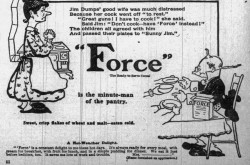

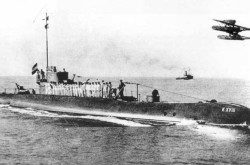

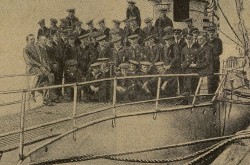
![A block of photographs showing some of the people involved in the bombing of beluga whales in the estuary and gulf of the St. Lawrence River. Anon., “La chasse aux marsouins [sic]. » Le Devoir, 15 August 1929, 6.](/sites/default/files/styles/thumbnail_7/public/2024-09/Le%20Devoir%2015%20aout%201929%20page%206.jpg?h=584f1d27&itok=TppdLItg)
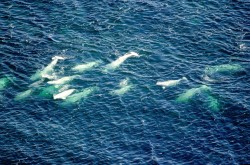
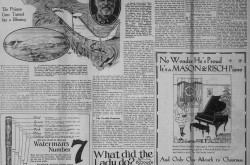

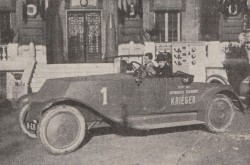
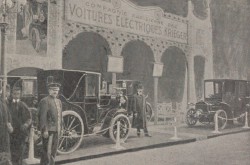
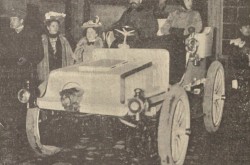



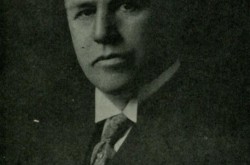

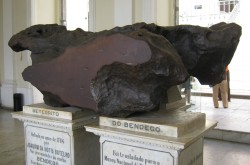
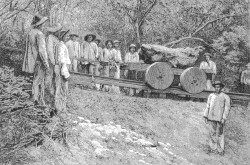

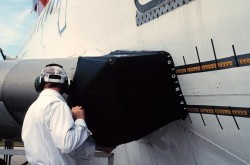
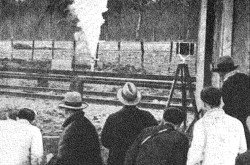
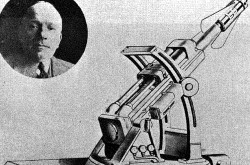
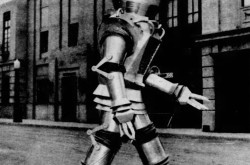

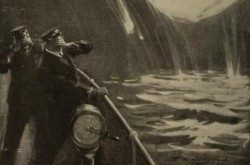
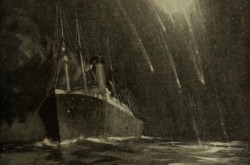
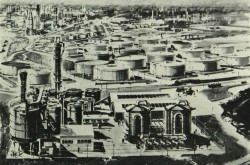
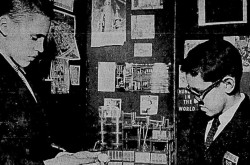
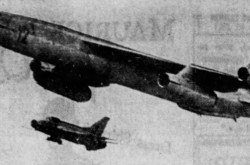
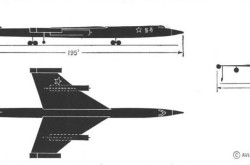
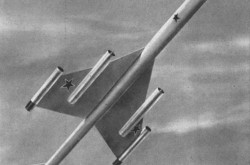
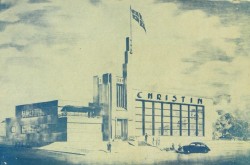

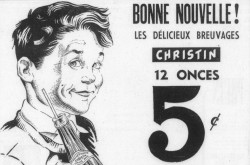
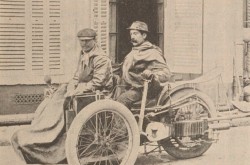
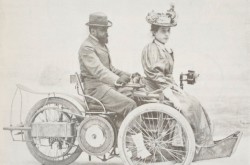
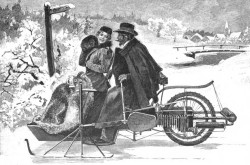

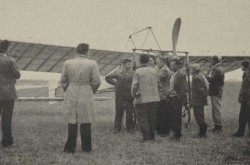
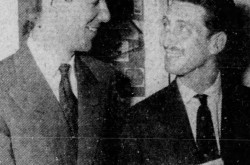


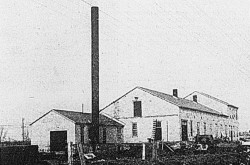
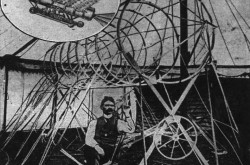
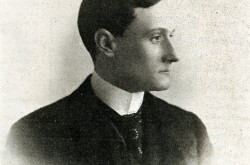
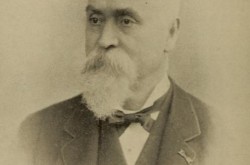

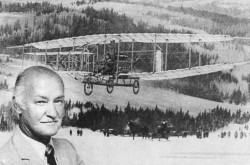
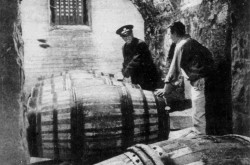
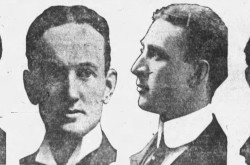
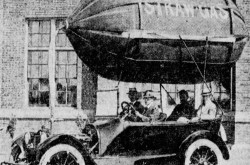

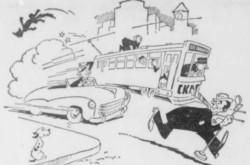

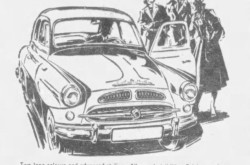
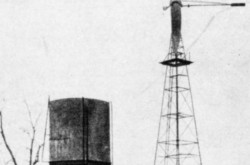

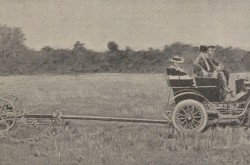
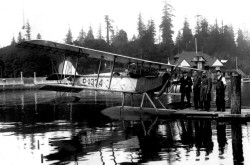
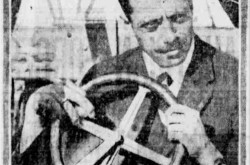
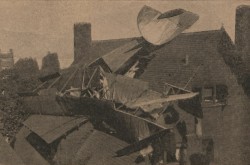
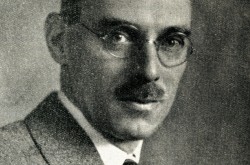
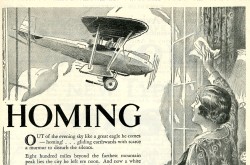

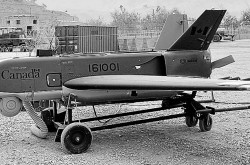


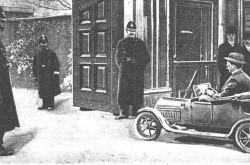
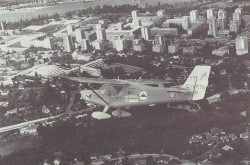

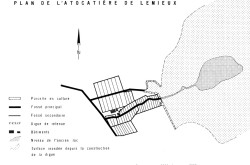
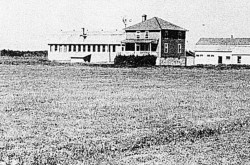
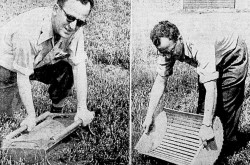
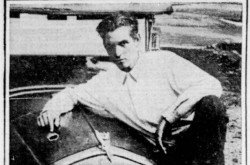
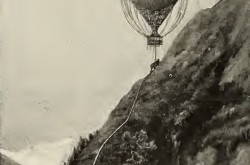


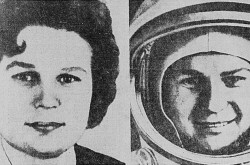
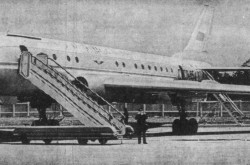
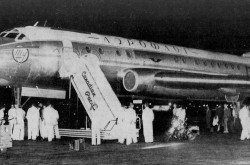
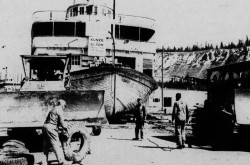
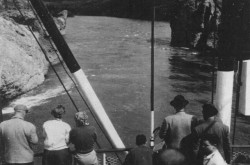
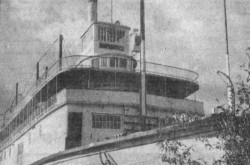

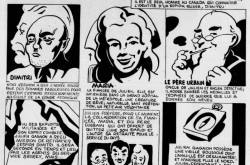
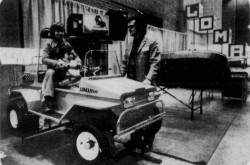
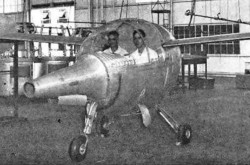
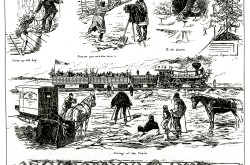
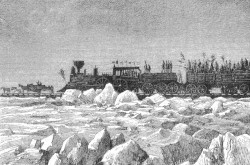

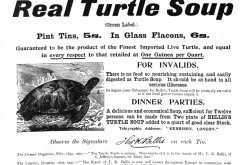
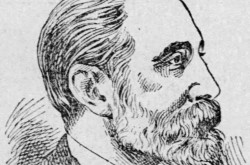

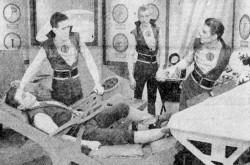
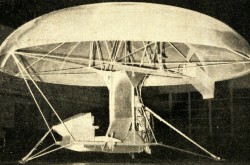
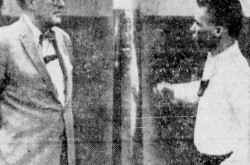


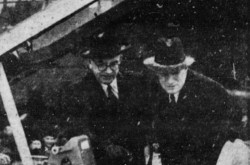
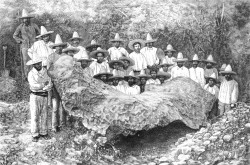
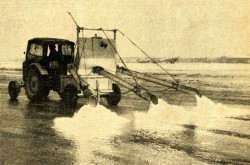
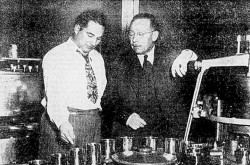
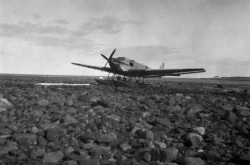
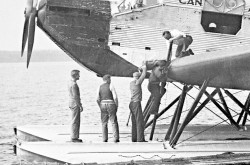
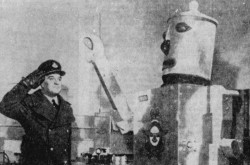
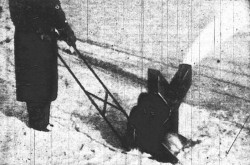
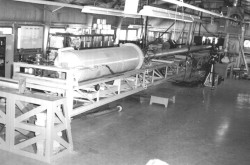
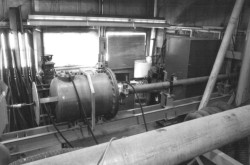
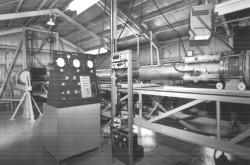


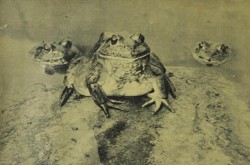
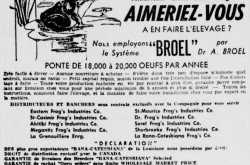

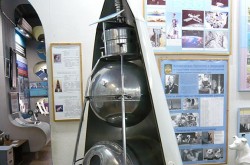

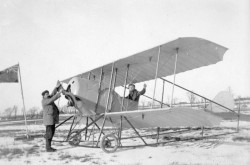
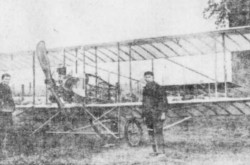

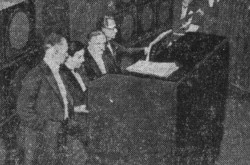
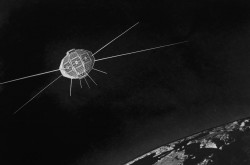
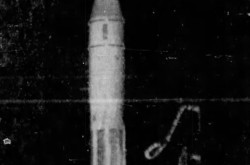
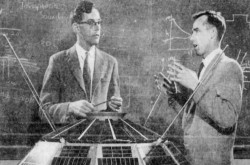


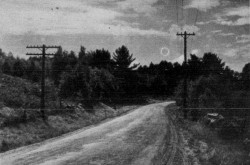
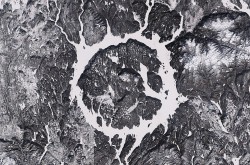

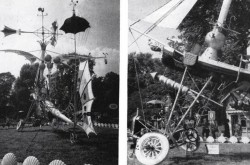

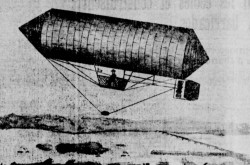
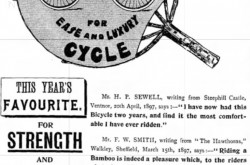
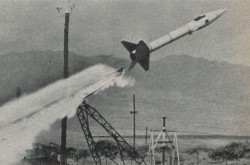


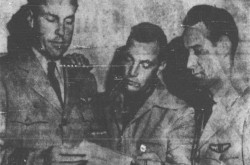



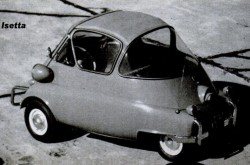
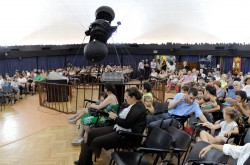
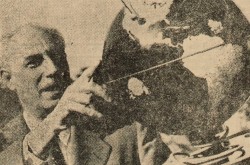



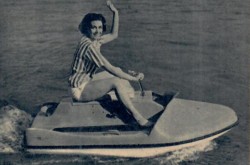

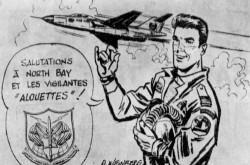
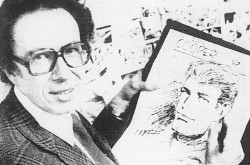
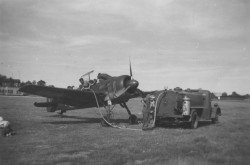
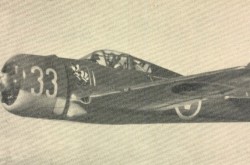
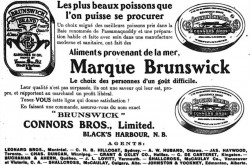
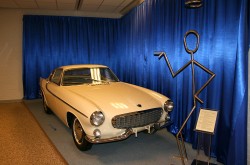

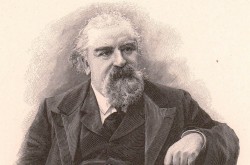

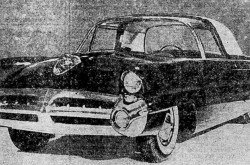
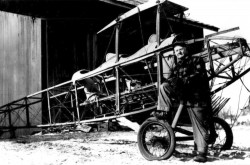

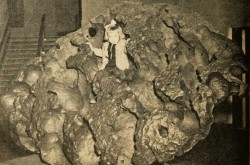

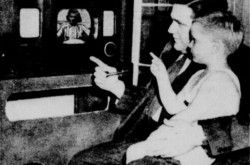
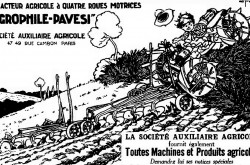

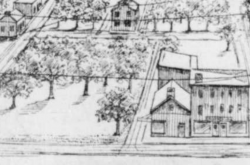



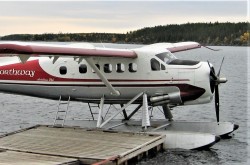
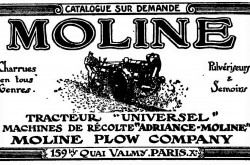

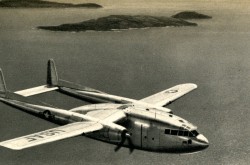
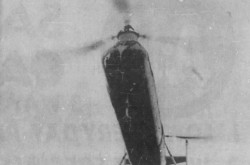
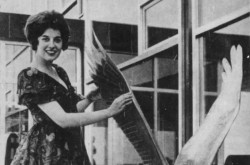
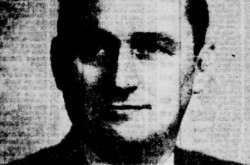
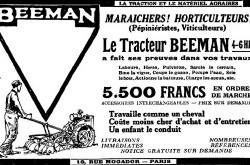
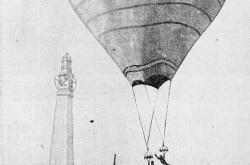
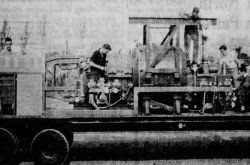
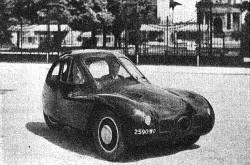
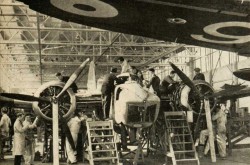

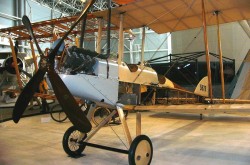
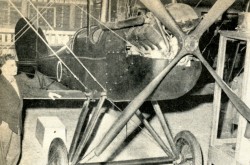
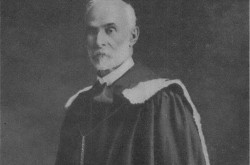
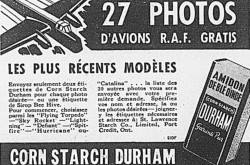
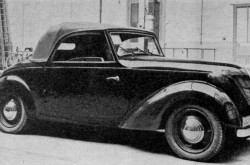

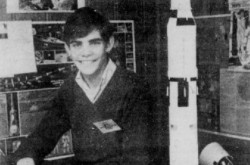


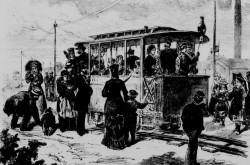


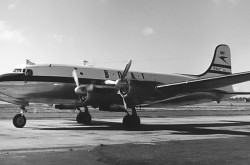

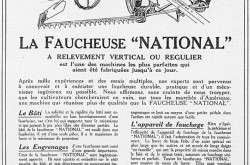
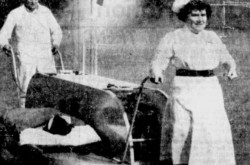
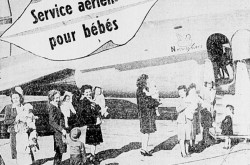
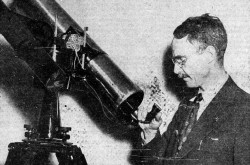
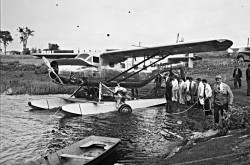

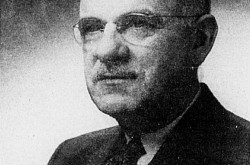
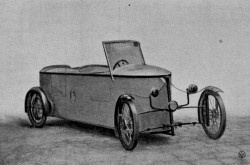
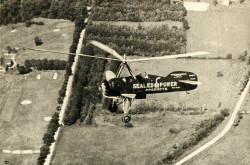
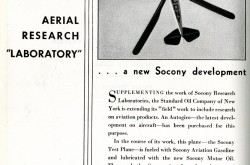

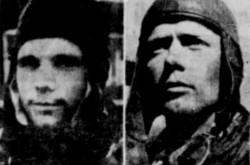

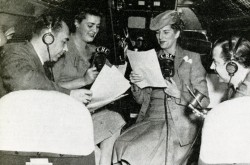
![Peter Müller at the controls [sic] of the Pedroplan, Berlin, Germany, March 1931. Anon., “Cologne contre Marseille – Le mystère du ‘Pédroplan.’ [sic]” Les Ailes, 2 April 1931, 14.](/sites/default/files/styles/thumbnail_7/public/2021-04/Les%20Ailes%202%20avril%201931%20version%20big.jpg?h=eafd0ed4&itok=WnBZ5gMf)
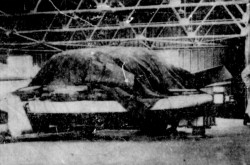

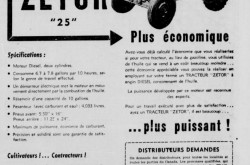
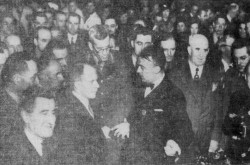

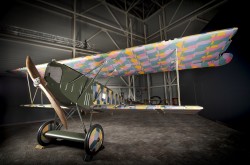

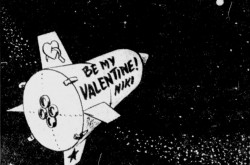
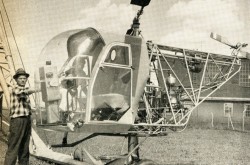
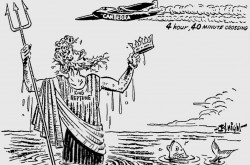

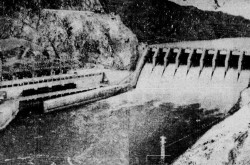
![One of the first de Havilland Canada Chipmunk imported to the United Kingdom. Anon., “De Havilland [Canada] DHC-1 ‘Chipmunk.’” Aviation Magazine, 1 January 1951, cover.](/sites/default/files/styles/thumbnail_7/public/2021-01/Aviation%20magazine%201er%20janvier%201951%20version%202.jpg?h=2f876e0f&itok=DM4JHe5C)

